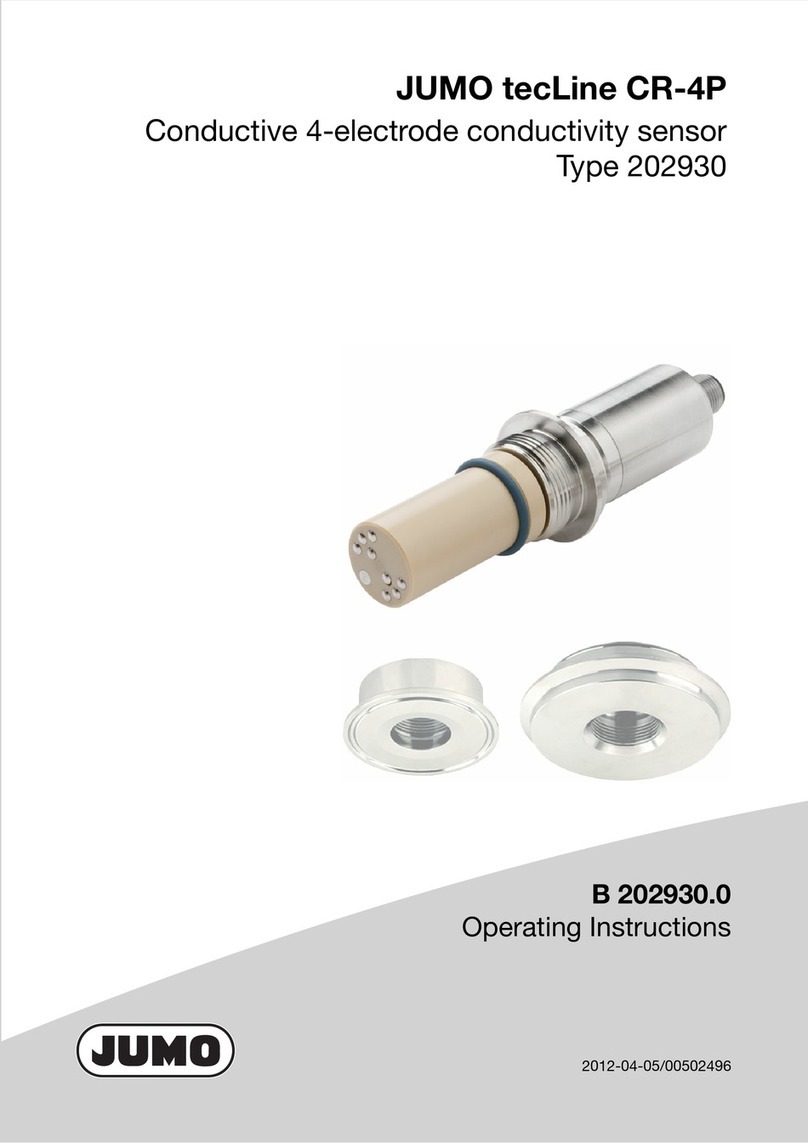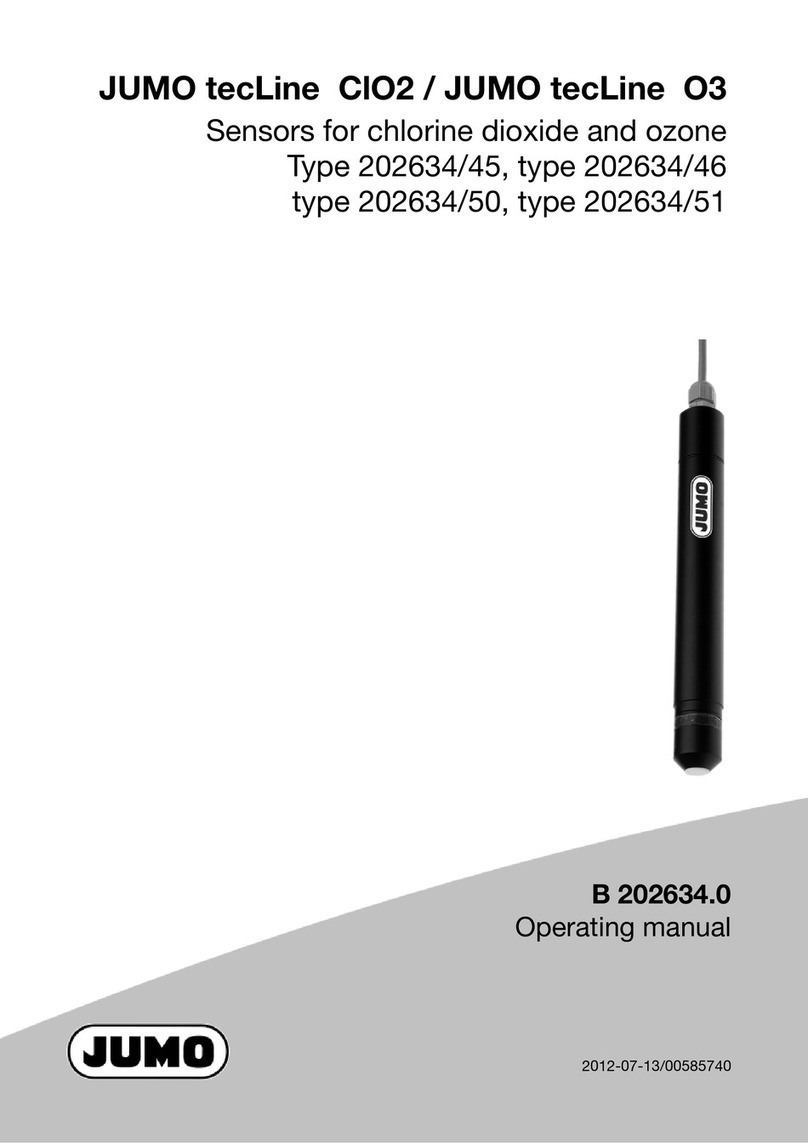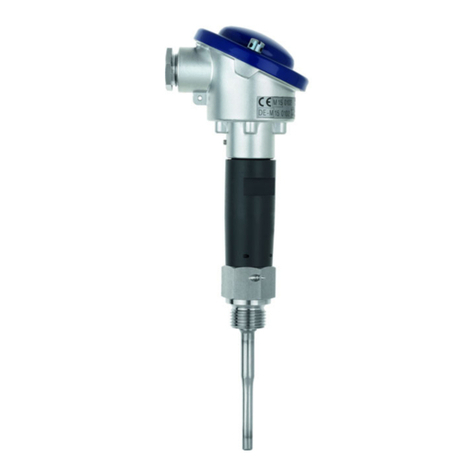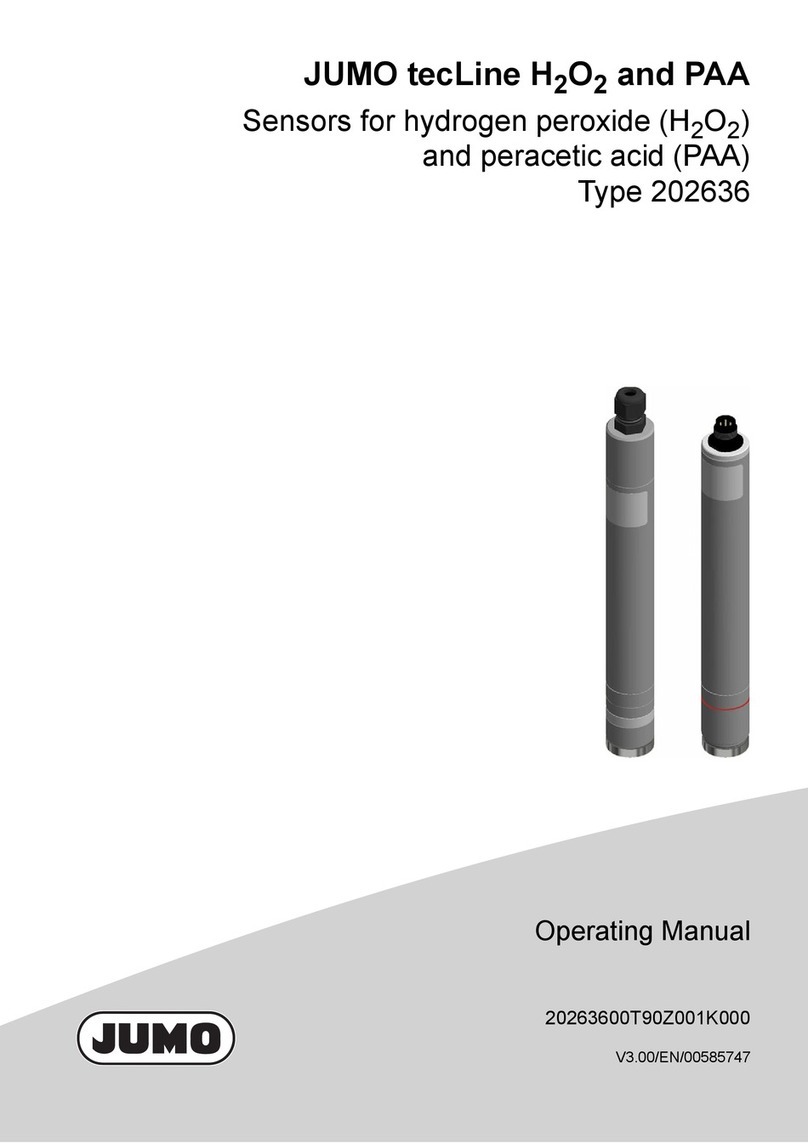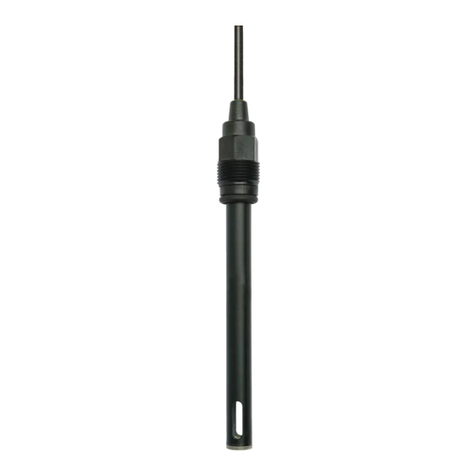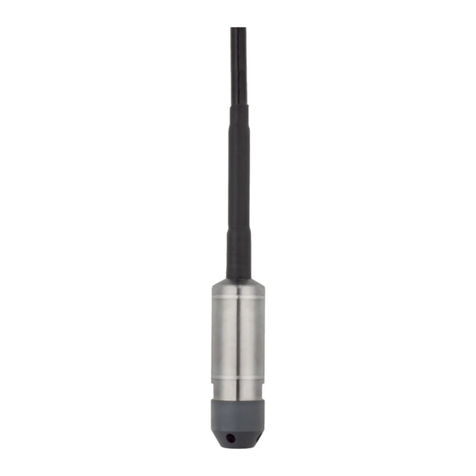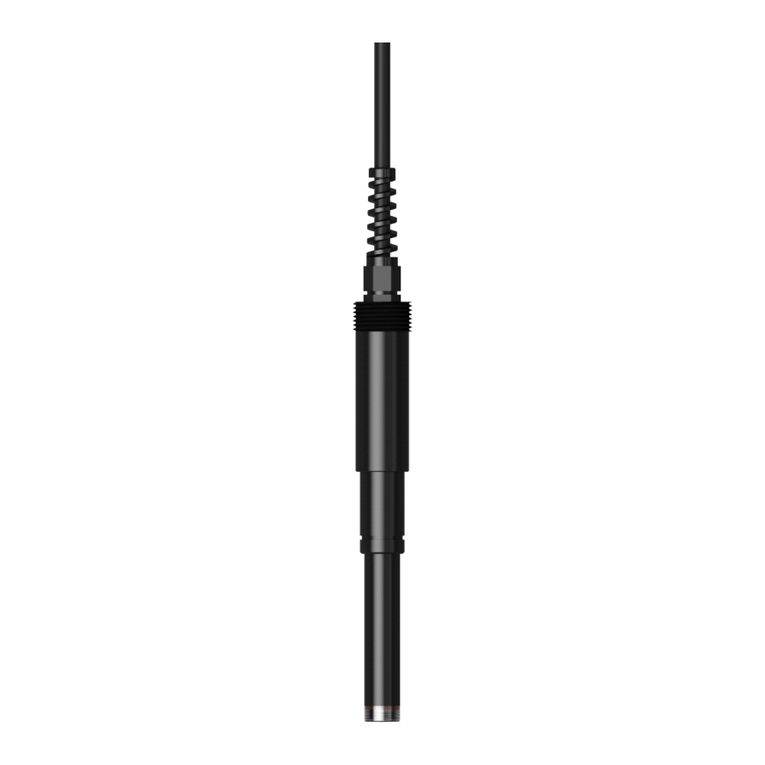
1 Notes ..................................................................................... 4
2 Description ........................................................................... 5
2.1 Areas of application ............................................................................ 5
2.2 Function .............................................................................................. 5
2.3 Operating conditions .......................................................................... 5
2.4 Coolant monitoring ............................................................................. 6
3 Technical data ...................................................................... 7
4 Operating range ................................................................... 8
4.1 Output signal ...................................................................................... 9
4.2 Design ............................................................................................... 10
5 Mounting ............................................................................. 11
5.1 Dimensions ....................................................................................... 11
6 Electrical connection ......................................................... 12
7 Startup ................................................................................ 12
7.1 Taking the temperature dependence of the ammonia sensor into
account when using it in combination with JUMO dTRANS pH 02
or JUMO AQUIS 500 pH .................................................................. 13
7.2 Calibrating the ammonia sensor ....................................................... 14
8 Maintenance ....................................................................... 16
8.1 Refilling/replacing the electrolyte ..................................................... 17
8.2 Storing the sensor in the storage container ..................................... 19
8.3 Removing the electrode from the storage container ........................ 19
9 Accessories ........................................................................ 20
9.1 Quick-change fitting for ammonia sensor ....................................... 20
9.1.1 Replacing the PTFE washer in the quick-change fitting .................... 22
9.2 Maintenance kits .............................................................................. 24
10 Possible errors ................................................................... 24
